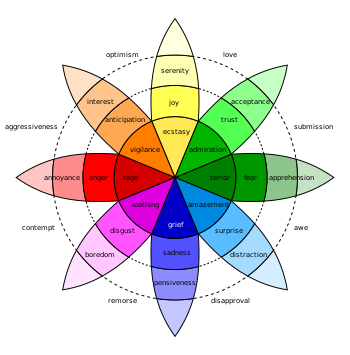Mental health articles
OF mental health care and mentally ill
hypochondriasis symptoms signs
hypochondriasis symptoms signs
As early as 350 B.C., hypochondriasis sparked the imagination of the medical community and laypersons alike. Similar to conversion disorder, hypochondriasis has been described in the writings of the Hippocratic era. The word hypochondriasis is of Greek origin and is literally translated as ‘‘below the cartilage’’. Hypochondriasis, it was speculated, was attributable to disturbances in bodily function, and mental changes were particularly associated with changes in the organs below the xiphoid process. Hypochondriasis was characterized by sharp belching, abdominal pains, flatulence, cold sweat, and sour eructations. Galen stated that hypochondriasis was a special form of melancholia and was the result of ‘‘black bile’’. Galen’s viewpoint was consistent with Greek humoral theories of disease and illness. It was not until the seventeenth and eighteenth centuries that hypochondriasis became associated with a morbid preoccupation with one’s body or state of health. During this era, hypochondriasis was variously described as a species of melancholy, ‘‘the spleen,’’ ‘‘the vapors,’’ and ‘‘the English malady’’. Hypochondriasis was then thought of especially as a complaint of the English, and in 1733, Cheyne’s treatise called ‘‘The English Malady’’ reviewed hypochondriasis within a cultural context.
Moreover, Cheyne’s treatise was also known for a detailed account of the author’s own suffering. Paradoxically, it was a layperson named Burton who wrote ‘‘The Anatomy of Melancholy’’ in 1651, which inspired the medical conceptualization of hypochondriasis. In addition, a theatrical representation performed and written in 1673 by Moliere in Le Malade Imaginaire captured the imagination of the public. In 1877, seventy essays outlining many references to personal experiences with hypochondriasis were written by Boswell during a 6-year period. During the next 150 years, because of Sydenham’s influence, hypochondriasis was viewed as a male version of hysteria in women, and not surprisingly, the diagnostic terms were often used interchangeably. By the early twentieth century, in a classic paper by Gillespie, a strict definition of hypochondriasis was stated. Based on the review of thirteen cases, hypochondriasis was characterized by a variety of paresthesias, a thorough observation of bodily function, a firm conviction of illness or sickness, an inability to be reassured, and finally, a failure to respond to psychotherapy. It was not until the mid-1920s that hypochondriasis was listed as a diagnostic category in the American Psychiatric Association classification system.
Related articles
Post Footer automatically generated by wp-posturl plugin for wordpress.
More from my site
Tags: hypochondriasis, symptoms










Leave a Reply